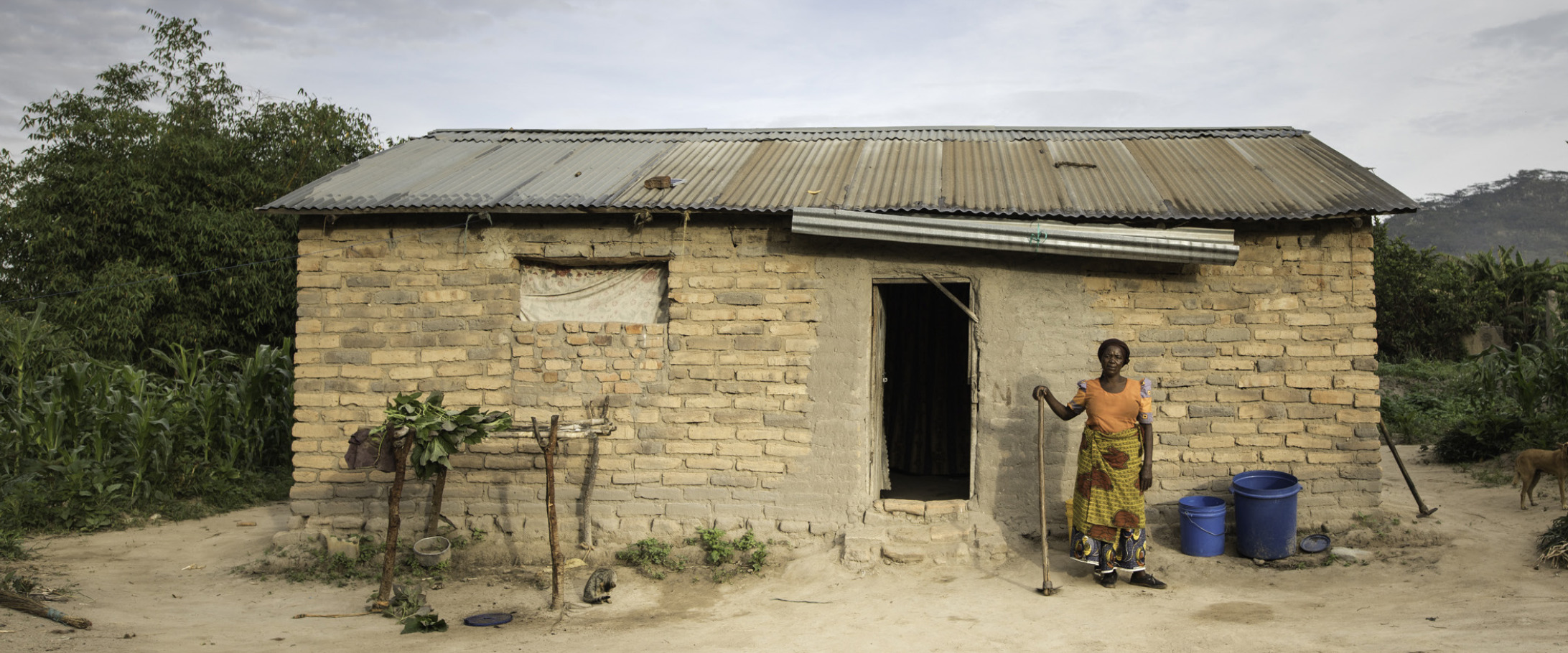by Lyrian Fleming-Parsley, CARE Australia
Jonathan and Julie Jonas are a typical family from the remote Eastern Highlands of Papua New Guinea (PNG). Together they have three children and are farmers, cultivating land on the village slopes. Lately, Jonathan and Julie have noticed the climate changing around them, with a potential increase in drought, which they are very concerned about.
‘1997 was the last really big crisis here when there was a big shortage of food and people had to go into the bush to find food. We’ve been listening to the news that is going around and we hear there will be another crisis and we are scared,’ says Julie.
Due to El Nino/La Nina climate factors, drought is a constant possibility in PNG. CARE is helping local farmers prepare for the possibility of changing weather conditions by planting drought-resistant crops and adapting current farming methods to cope with times when less water may be available. Part of this project involves supplying farmers with a new variety of hardy yam seeds.
‘The yam seeds were distributed by CARE staff. They give us the seeds and we plant them and when we harvest them we will give them [the seeds] to other families for them to plant.’
‘We got training on how to grow the seeds… The yams can be stored over a long period of time and also grow in dry seasons, that’s why they are distributed to us. They also taught us how to plant the seeds and what to do before putting the seeds into the ground like mulching,’ explains Jonathan.
‘We had training in where to plant our food during a dry season. We should plant it near the river so it is easy to water the plants during dry seasons, or we use bamboo to divert water into the gardens and supply water to the plants,’ he says.
As well as yams, Jonathan and Julie also grow sweet potato, tomato, peanuts and green vegetables, which provides food for the family. Like most local families, the Jonas’ earn a meager income from growing coffee, but this is seasonal and the cost of transporting the coffee to market is very expensive and takes away most of the profit.
When asked if he feels confident the preparations they are making for the dry season will be enough, Jonathan says ‘I still feel I’m not well prepared if there is another dry season [like 1997]. To help myself I will use the methods of diverting water from the bush and planting near the river…but I still don’t feel confident to survive a disaster like that.’
Clearly, waiting for the unknown is hard and Jonathan and Julie are worried about how their family will make it through another severe dry season. But with more tools and preparation than the family has ever had before, they are in a better position than ever to survive the next drought if and when it does come.

